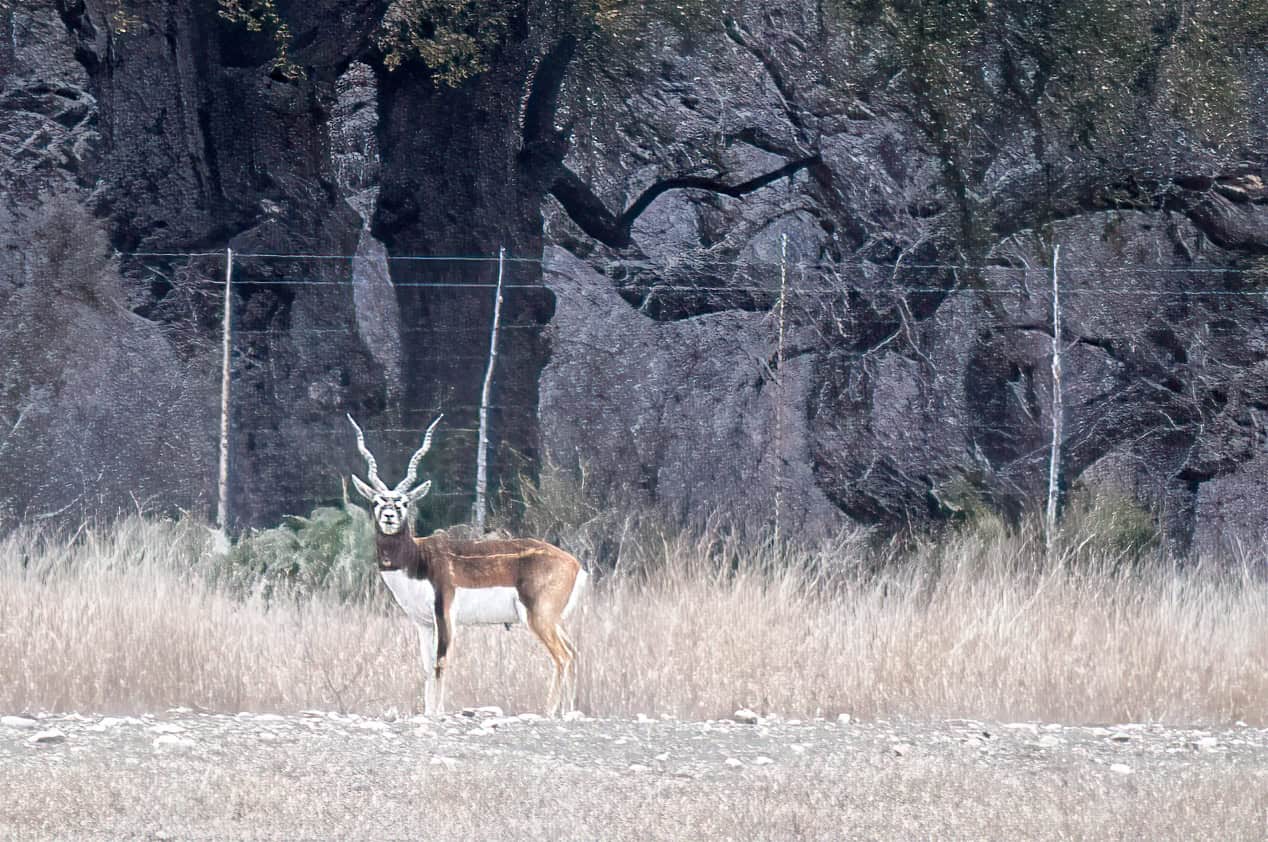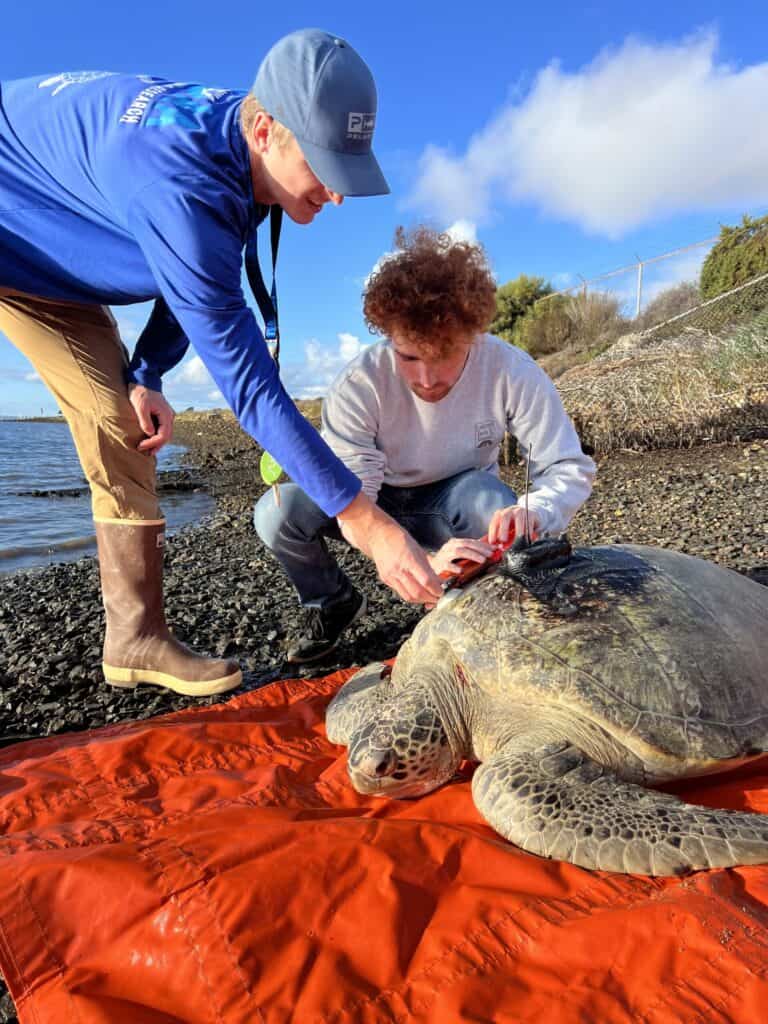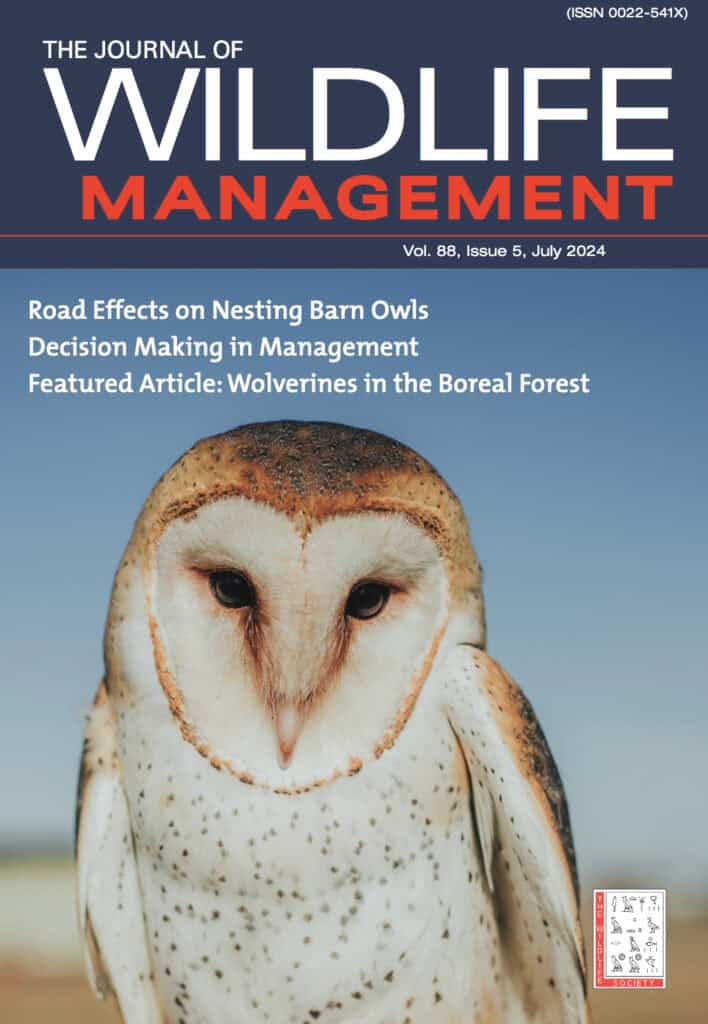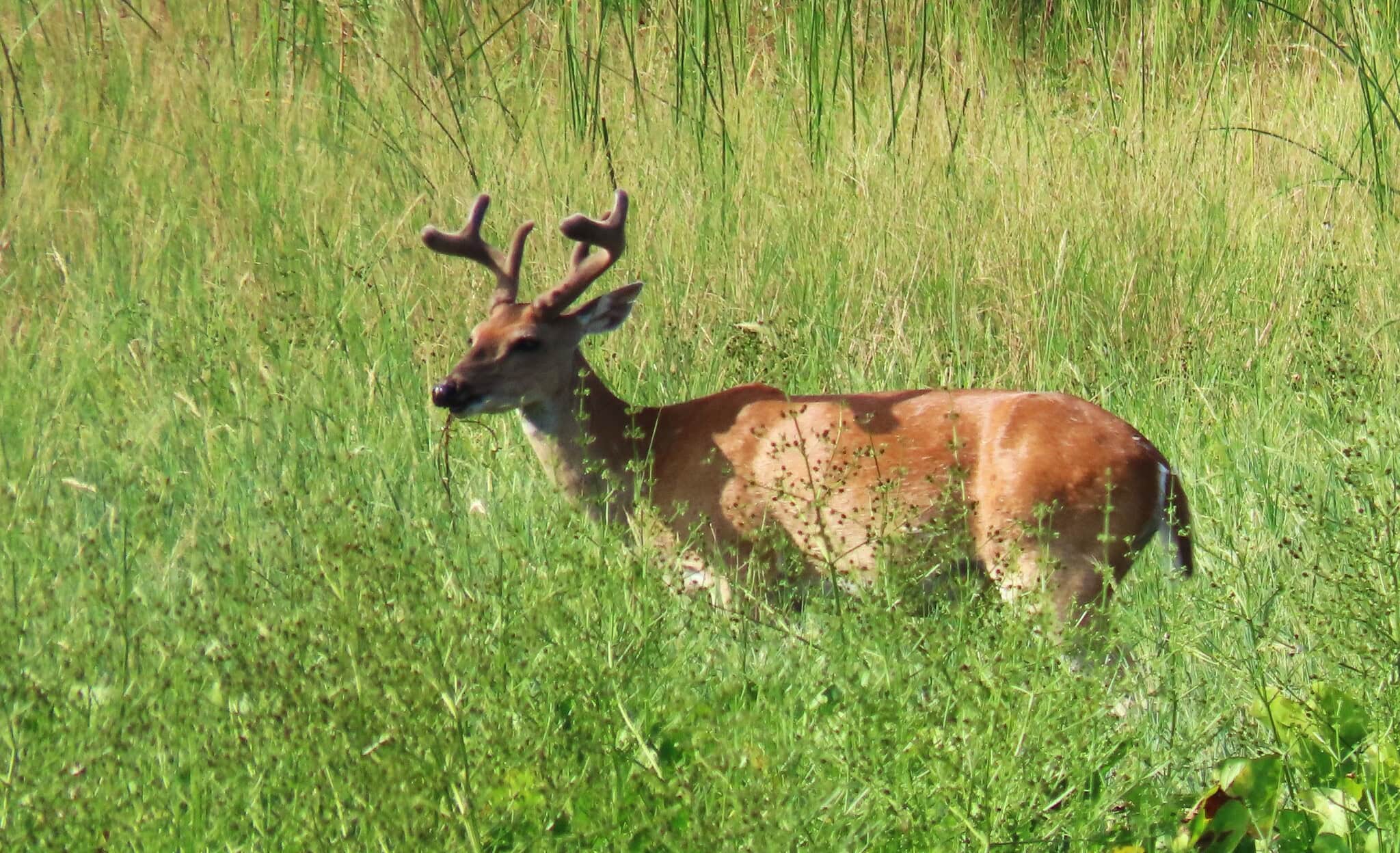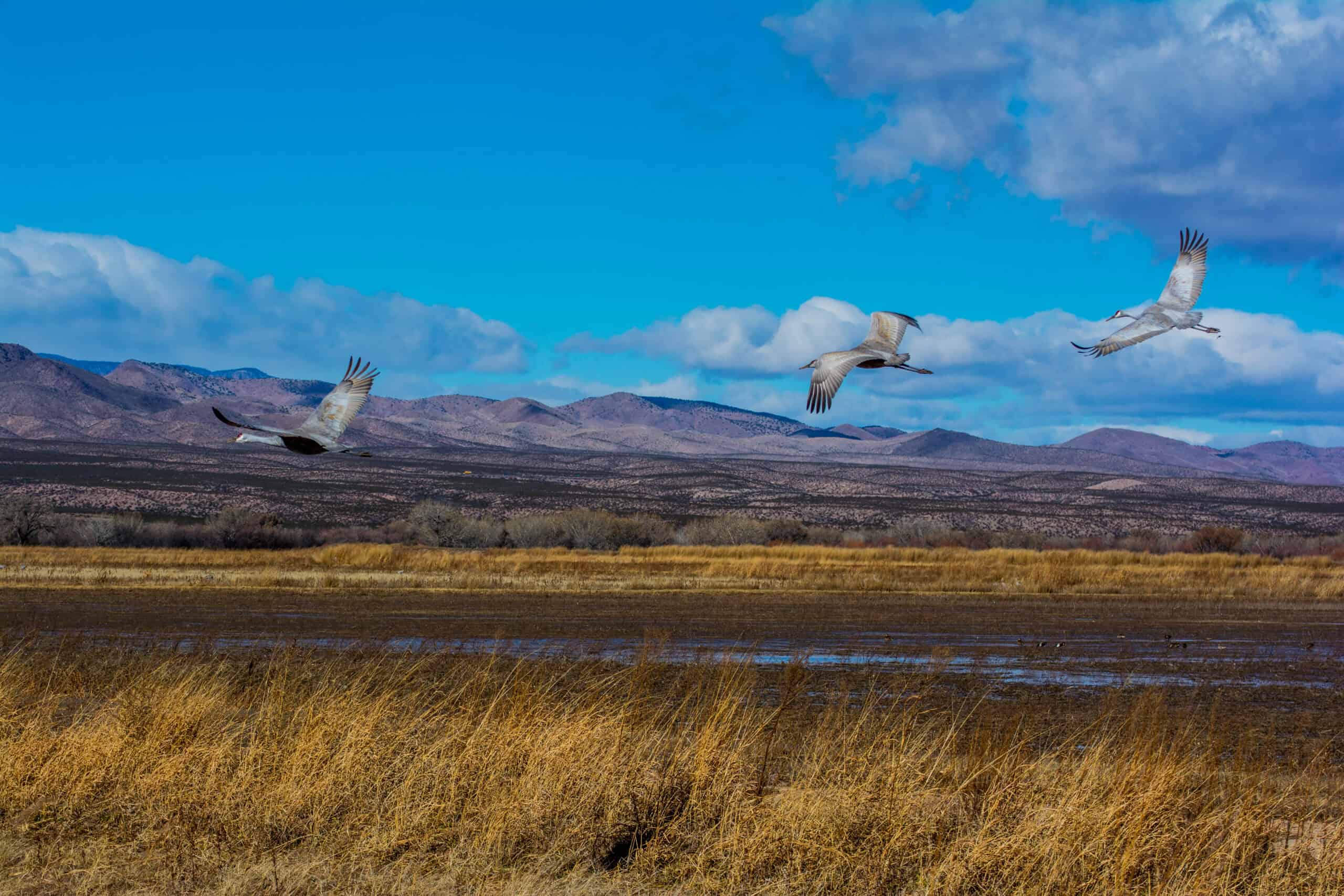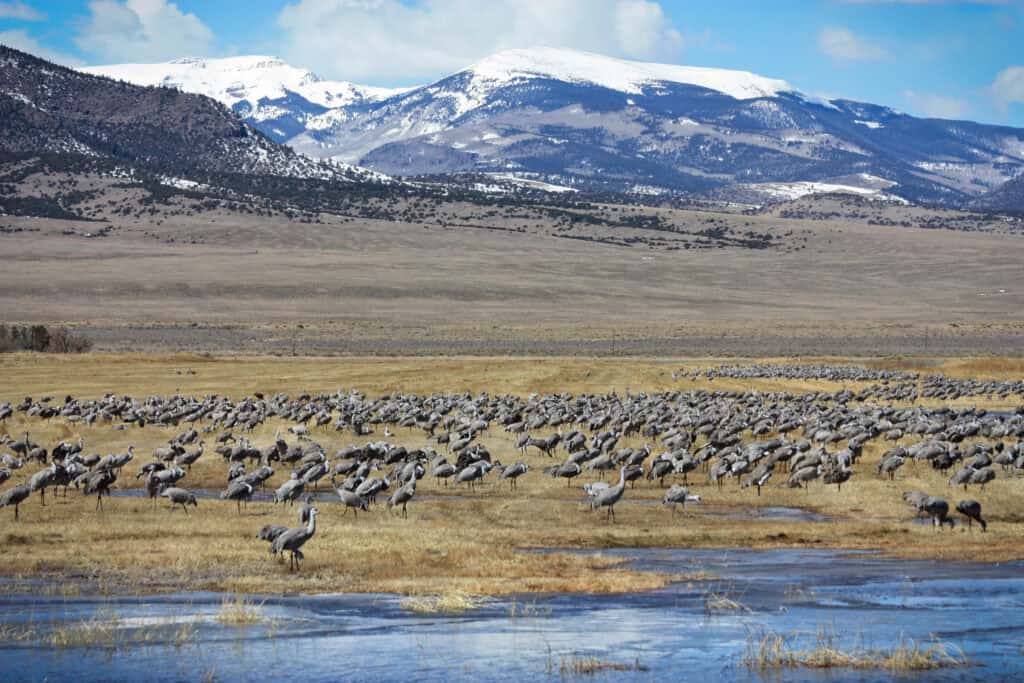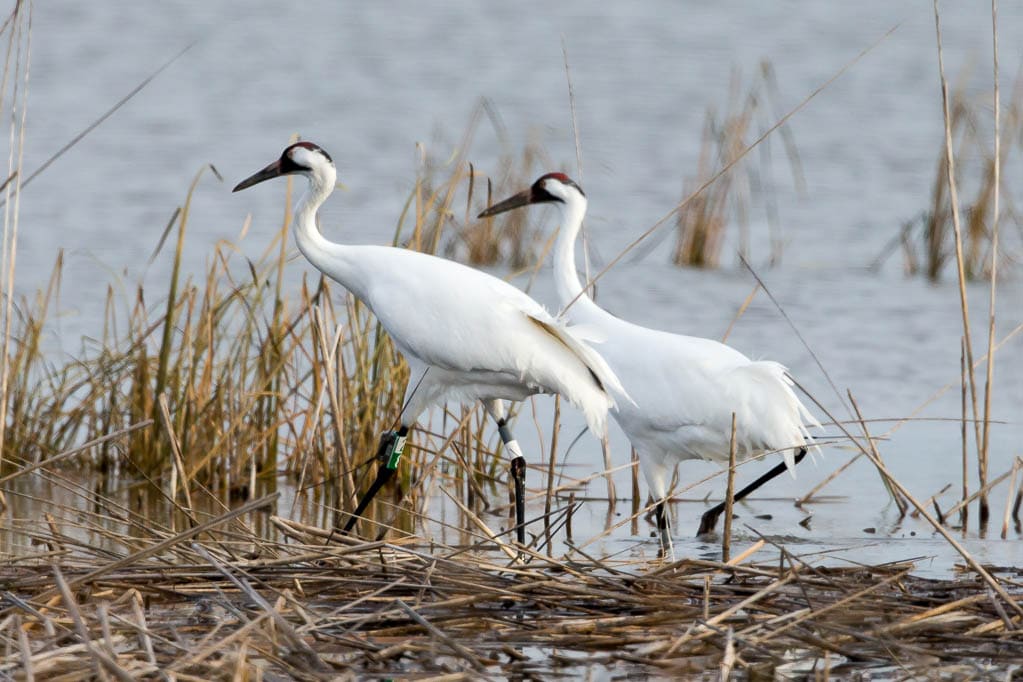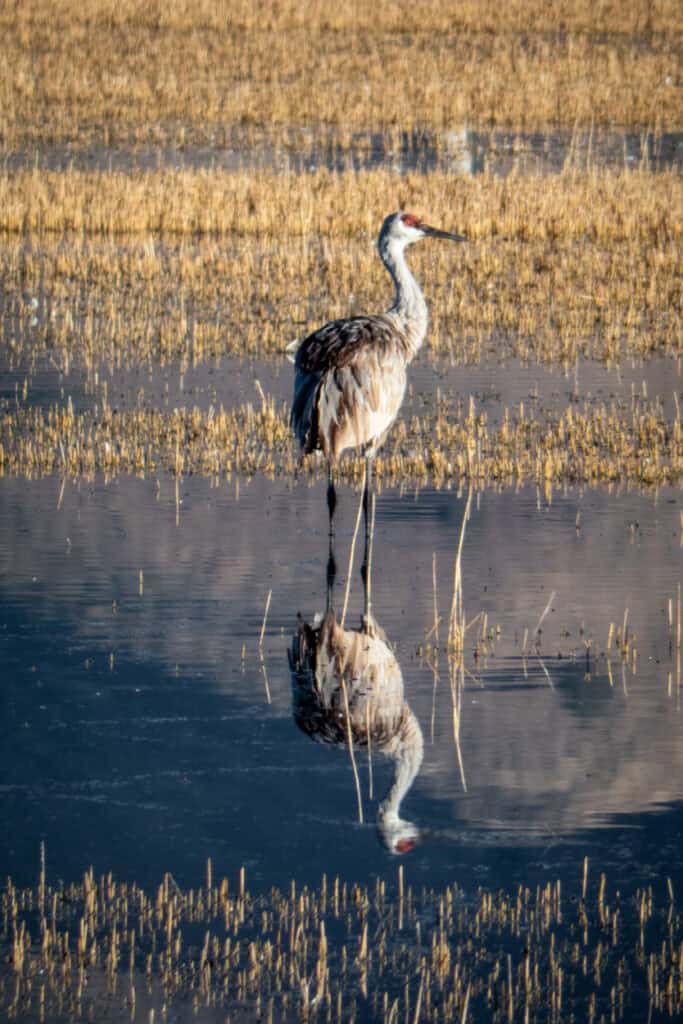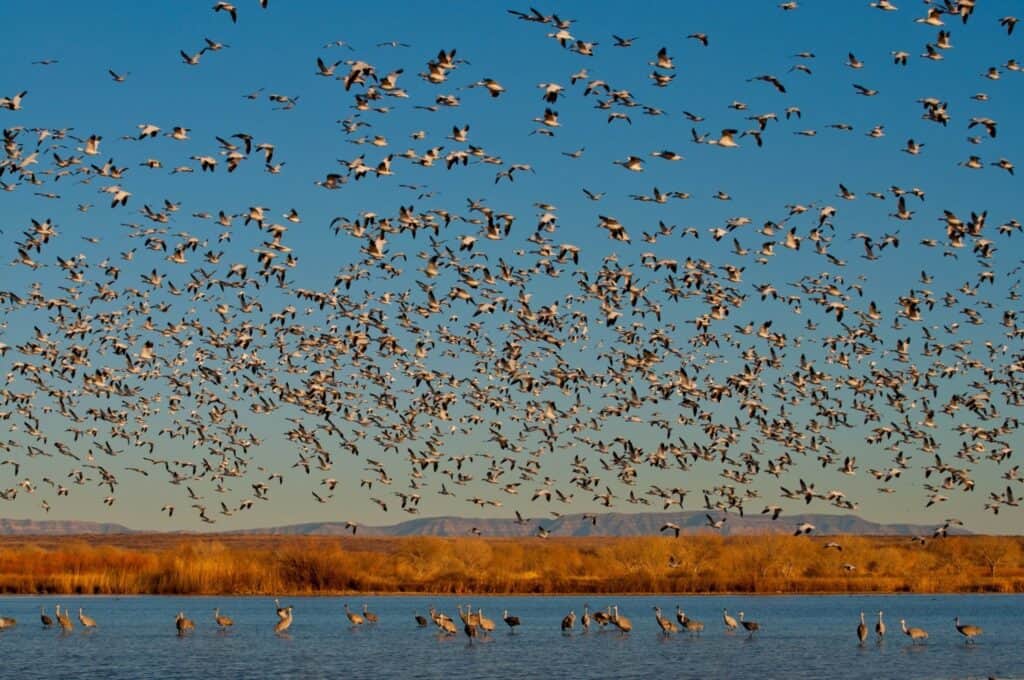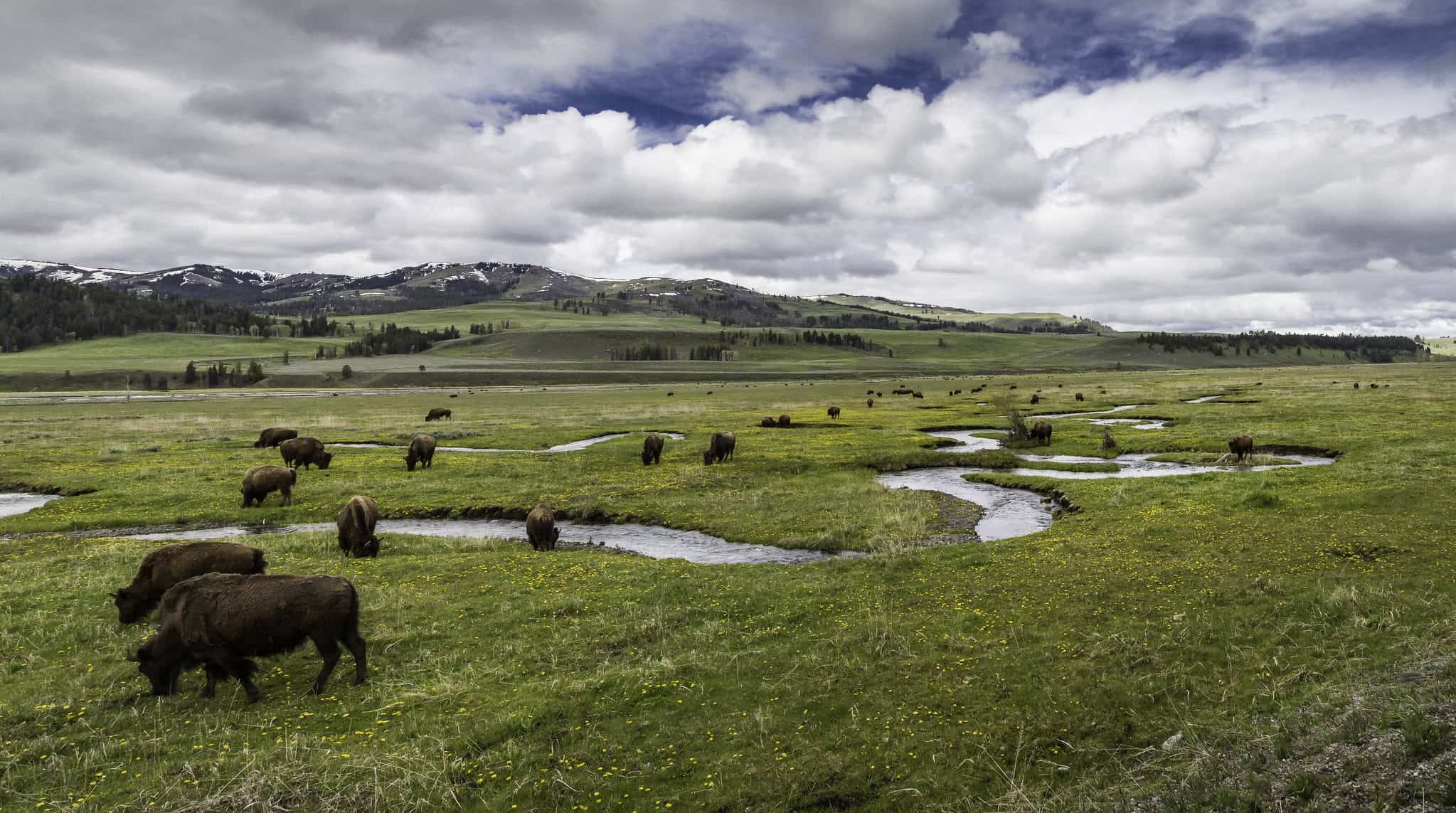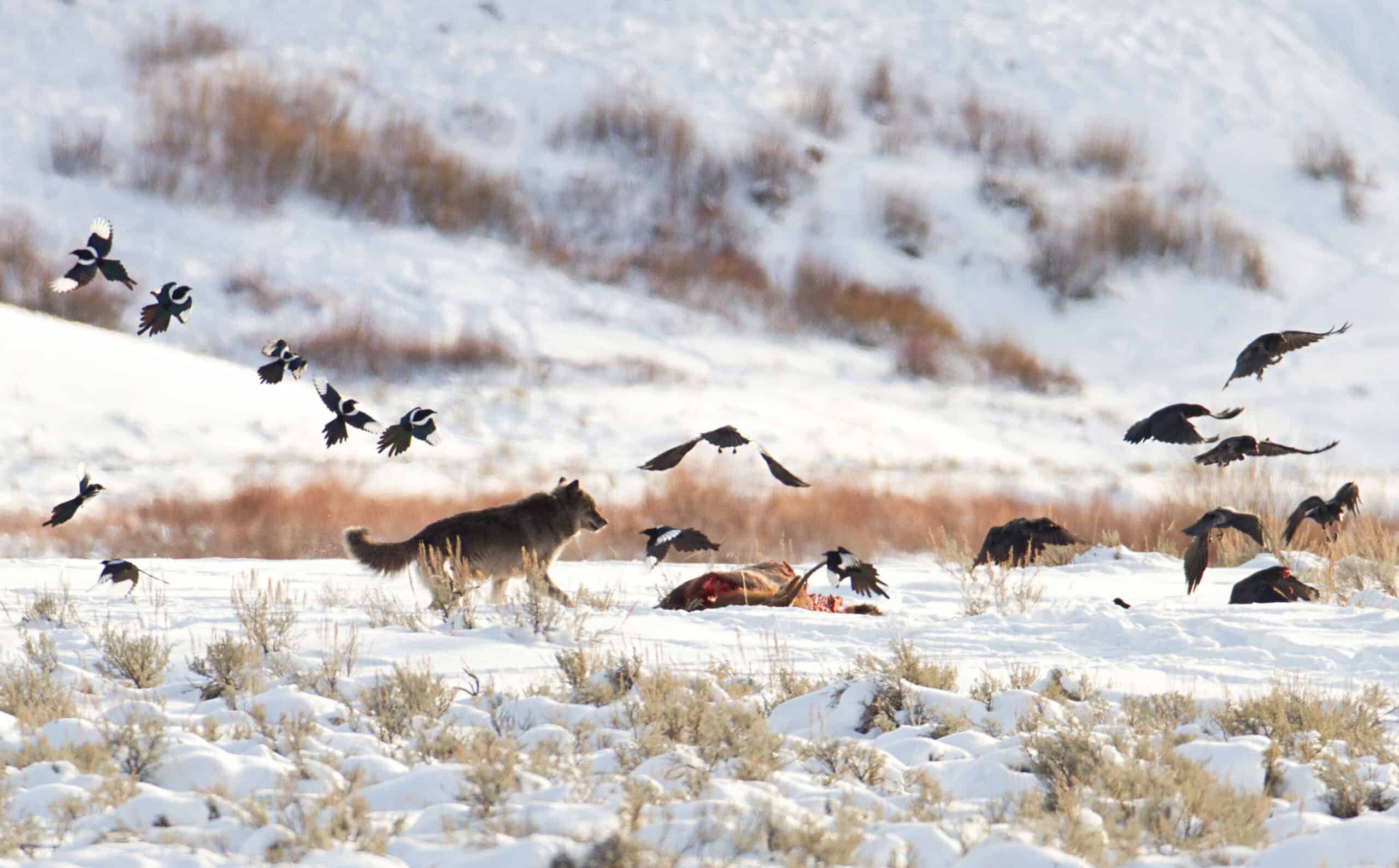
Reintroduction efforts have returned wolves to parts of the American West, but their absence for much of the 20th century left long-lasting changes on the landscape. That not only affects the ecosystems, researchers say. It also changes how we understand them.
“Most published ecological research from this region occurred after the extirpation of wolves,” said William Ripple, a scientist at Oregon State University and the Conservation Biology Institute.

Ripple is the lead author of a recent paper in BioScience that points to “shifting baselines” in our scientific understanding of national parks in the American West, including Yellowstone, Glacier and Rocky Mountain National Park. Degraded ecological conditions in these parks tend to be seen as their historical state, Ripple said. The new study suggests that researchers take into account how the longtime absence of gray wolves in the West (Canis lupus) may affect their findings.
We caught up with Ripple to discuss the study.
What prompted you to look at this question?
We got the idea to do this paper based on the research we conducted over the last 20 years in national parks of western North America. For example, in Olympic, Wind Cave and Yellowstone, we documented major ecosystem changes after the extirpation of wolves and other large predators. This led us to this project where we investigated if other researchers were acknowledging the loss of wolves and other predators in their national park studies.
We reviewed 96 published studies from 1955 to 2021 conducted in 11 western national parks where gray wolves had been extirpated. We found that only 39 of these studies discussed the historical presence of wolves or other large carnivores. By failing to account for the loss of these apex predators, most of the studies may have overlooked fundamental changes to the ecosystems that occurred historically after the loss of one or more large carnivores.
Why does it matter if studies took into account wolves’ historical presence?
The absence of historical context can significantly affect contemporary conservation efforts. It is well documented that ecosystems change significantly after the loss of large predators. We argue that examining an altered ecosystem without understanding how or why it has changed over time, due to the loss of a large predator, can have serious repercussions for wildlife management, biodiversity conservation, and ecosystem restoration. It’s akin to diagnosing a sick patient without having a baseline health examination.
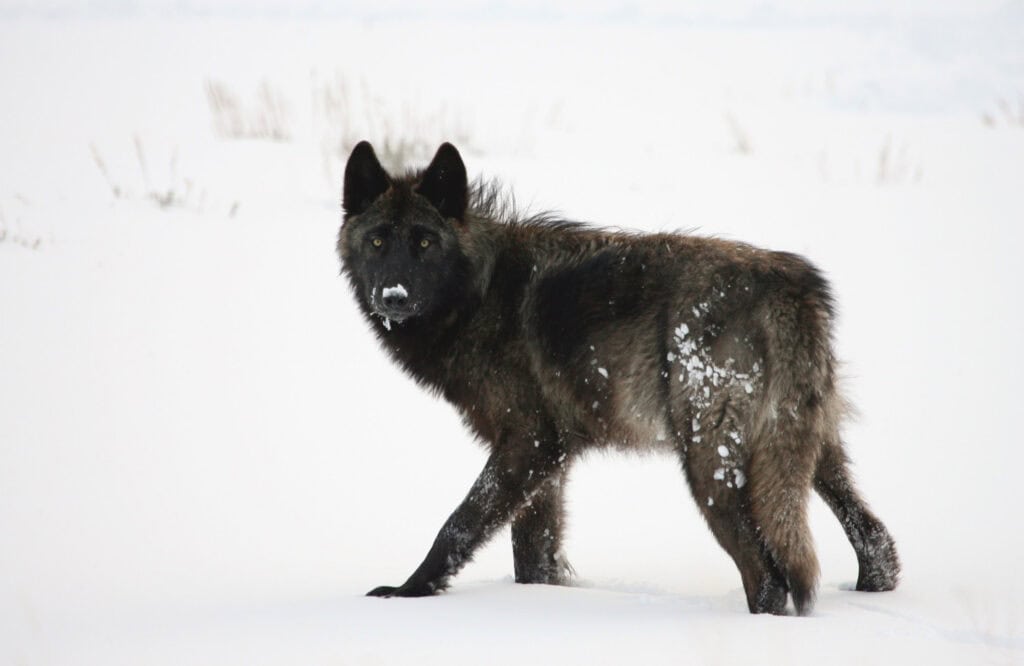
How does considering wolves’ historical presence change the question about ecosystem changes in these parks?
By the 1930s, wolves were largely absent from the American West, including the national parks. Most published ecological research from this region occurred after the extirpation of wolves. This situation underscores the potential impact of shifting baselines on our understanding of plant community succession, animal community dynamics and ecosystem functions. It therefore has implications for restoration, conservation and management of these ecosystems.
The removal of wolves can have wide ranging direct and indirect effects on ecosystems and biodiversity, including changes in elk abundance and behavior, mesopredator populations and plant communities. The variety and magnitude of these effects is part of why we believe considering the historical effects of wolves is so important. For example, after wolf extirpation, there are documented declines in long-term tree recruitment, plant communities and ecological processes.
How can researchers take into account the historical role of wolves on the landscape? Is that something they can feasibly do?
This is difficult to do with heavily altered or managed landscapes, but it is possible for many national parks in western North America. We urge researchers to investigate the potential effects of historic predator extirpations when studying areas where those predators are currently lacking. We recommend exploring archival data to better understand historical ecosystems. At a minimum, scientists could include a discussion of how the presence or absence of large predators may have influenced their results and conclusions.
The legacy effects of losing wolves and other predators should be considered alongside other stressors such as fire suppression, invasion by exotic plants and animals, climate change and overgrazing by livestock.
You suggest your research could be relevant to the litigation over protections for the Northern Rockies wolf population. How so?
In some cases, conservationists could make the argument that conserving wolves and other large native predators on public lands can be important, particularly where the management mandate is to preserve or restore ecosystem structure and function.







